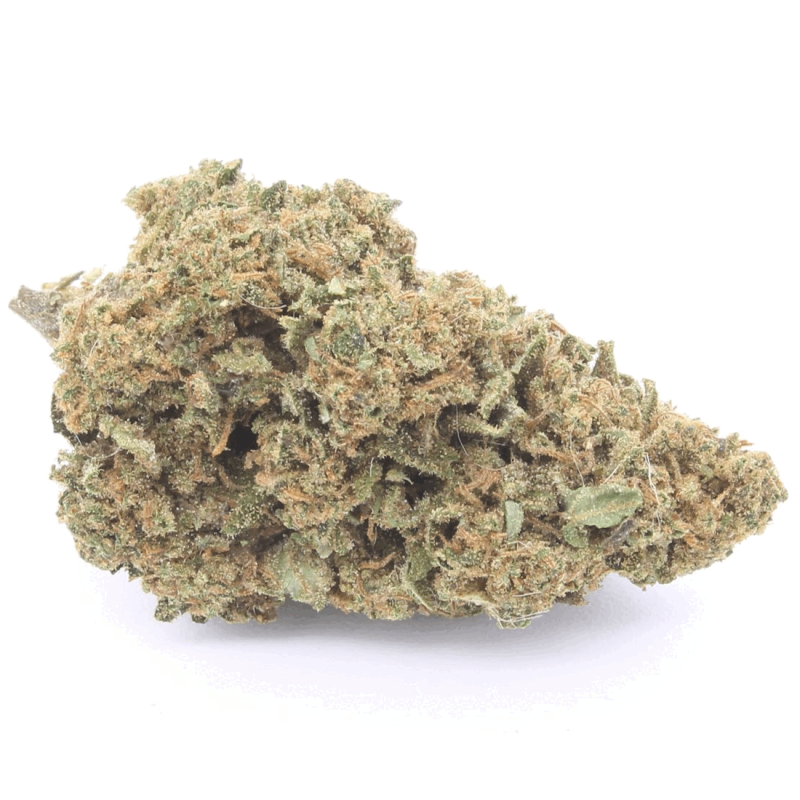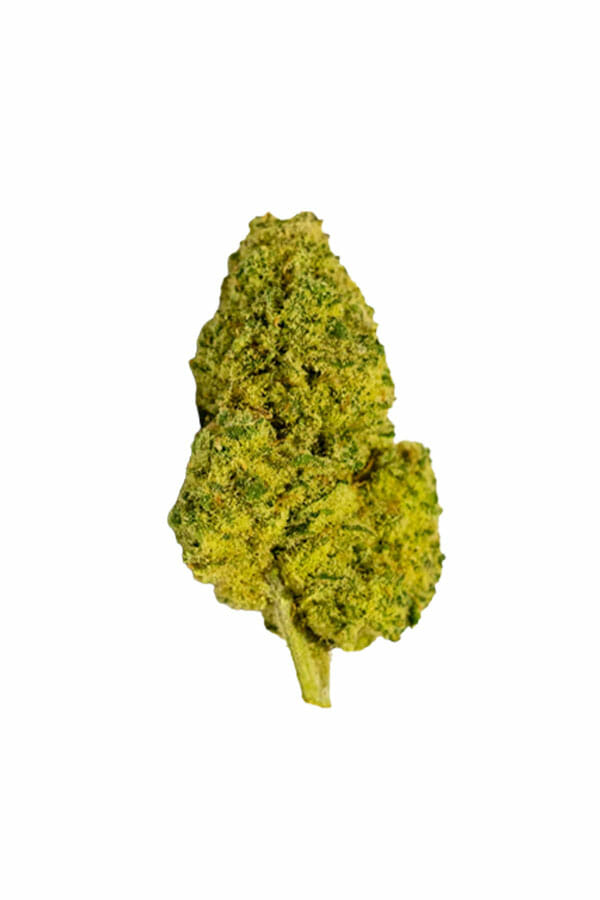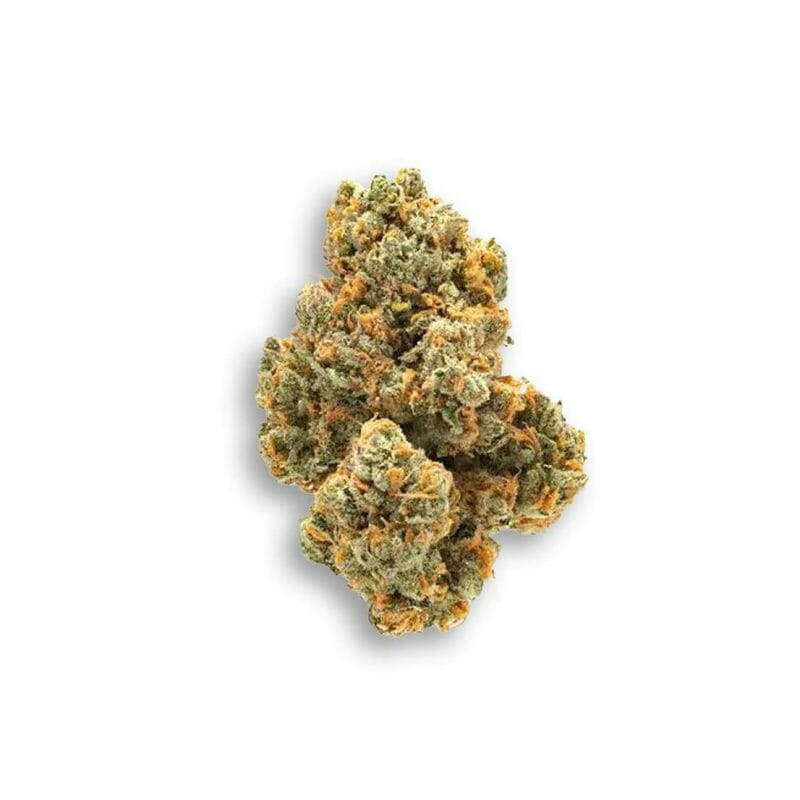Cannabis, a plant known for its varied properties, has been the subject of discussion and debate for decades. Colloquial language often uses the terms ‘hash’ and ‘weed’ to refer to the use of cannabis, but these expressions encompass a range of meanings and nuances that deserve further analysis.
On our journey to explore the difference between hash and weed, we will sample the mystery surrounding these common words that should not be confused with each other. We will discover how the use of cannabis can change considerably depending on factors such as the variety of the plant, the method of consumption and individual preferences. Although these terms may seem interchangeable at first glance, their meanings evolve when cannabis is examined from a more detailed perspective.
In the following paragraphs we will explore the nuances in the experiences and effects that accompany each method of cannabis use. Whether you are a curious observer or an interested user, this article will guide you through the fascinating and complex world of cannabis, offering a clearer insight of both what we call hash and weed.
What is the difference between hash and weed?
The main difference between hash and weed is their composition. Although in common speech these two terms are sometimes used as synonyms, we are actually talking about two quite different products.
What is meant by hash? It is a colloquial word for hashish. It is traditionally produced by harvesting the resin glands of cannabis plants and then compressing them into blocks or extracting them into pastes. This end product can be smoked in various ways, such as through the use of a suitable pipe, in countries where this method of use is permitted.
On the other hand, ‘weed‘ is a more generic term referring to cannabis in its dried form, mainly consisting of leaves and flowers. Weed is the most common and widely used type of cannabis. It can be found in both inflorescence and shredded form.
Another big difference between hashish and weed lies in the concentration of cannabinoids, such as THC and CBD. Hashish tends to have a higher concentration of THC, the psychoactive component, than weed.
Hashish is therefore known for its potency and THC concentration, however pot offers a wider range of options and can be considered a ‘lighter’ form of cannabis.
What differs in the production of hash and weed?
Hash production and weed production are different in terms of both the harvesting processes and the preparation of the different parts of the plant. Let us look at the main differences in the production of these two forms of cannabis.
The production of hashish takes place in the following way:
- Harvesting the resin glands: in order to make hashish, it is necessary to harvest the trichomes of the female cannabis plant where the most cannabinoids are found;
- Separation of the glands: the harvested resin glands are separated from the plant parts, a process that can be performed mechanically or by chemical extraction methods;
- Compression or paste extraction: after separation of the glands, they are compressed into blocks or scraped into a paste-like consistency.
Let us now look at weed production:
- Harvesting leaves and flowers: in this case, the vegetal part of the plant is used, i.e. the flowers and upper leaves, which also contain a significant concentration of cannabinoids, but less than the resin glands;
- Drying: the harvested parts are dried slowly to remove moisture;
- Shredding or processing: after drying, the pot can be shredded or further processed to prepare it for consumption.
These different production techniques not only influence the appearance of the final product, but also the concentration of cannabinoids and, consequently, the effects experienced by users.
Difference between weed and hashish: how it is consumed and used
The ways in which weed and hashish are consumed vary according to personal goals and preferences. Although these practices are not legal in the UK, the most common methods include:
- Smoking: Weed and hashish are usually smoked in handmade cigarettes (commonly called joints), pipes, bongs or vapourisers, sometimes mixed with tobacco or consumed in pure form. However, smoking involves the inhalation of combustible substances, which can have negative effects on lung health. For this reason, this method is generally preferred by more experienced consumers.
- Vaporisation: This method heats the weed or hashish to lower temperatures than combustion, allowing cannabinoids to be released without burning the substance. Although there is still no definitive consensus, it is generally considered a less harmful option to health than smoking.
- Ingestion through edibles: In this mode, cannabinoids are incorporated into foods such as sweets and savoury dishes, and metabolised by the liver. This process produces a slower but much longer-lasting effect. However, the dosage is less predictable, so special care is needed to avoid the risk of overdose.
The weed and hashish are commonly consumed through smoking or vaporisation, two modes that, while sharing a certain similarity, have substantial differences in terms of effects and intensity.
While weed is usually smoked in joints, pipes or bongs, hashish is also smoked or vaporised, but tends to be stronger and more concentrated in its effects. Vaporisation is an increasingly popular choice for both, as it allows the substance to be heated to lower temperatures than combustion, releasing the cannabinoids without producing toxic substances typical of combustion. This method, considered less harmful to health, is often preferred by consumers seeking a cleaner experience.
When it comes to culinary use, hashish and weed can both be used, but with some differences. Due to its dense consistency and high cannabinoid content, it can be melted in fats such as butter or oil for the preparation of edibles. However, because of its potency and concentration, hashish is often preferred for inhalation than cooking, providing stronger and more immediate effects.
Weed, on the other hand, is used more frequently in culinary recipes, due to its less compact structure that allows an easier infusion in fats and oils. Choosing between inhalation and consumption through edibles depends not only on personal preference, but also on the desired effect: inhalation offers a quick and intense intake, while consumption through edibles results in a more gradual and prolonged effect, metabolised through the liver.
However, there are variants of legal weed and CBD hashish, characterised by a very low percentage of THC, the psychoactive compound of cannabis. These products, with THC levels lower than 0,6%, do not produce significant psychoactive effects, making them a safe and legal option.
What are the contraindications?
Both hashish and weed can carry certain contraindications and health risks if consumed excessively or uncontrolled. First of all, they can increase the risk of anxiety, paranoia and psychotic disorders in some people, especially in predisposed individuals.
Afterwards, both can lead to the development of psychological dependence if consumed habitually and heavily. The THC present in significant quantities in hashish can make it particularly potent and potentially more addictive.
Therefore, smoking at a young age may interfere with normal brain development and increase the risk of long-term cognitive problems.
Contraindications arise when we are confronted with a high concentration of THC. Its first and quickest side effect is a ‘high’, but it can lead to more important side effects when taken unsupervised.
Hash with a high THC concentration can cause much more intense psychoactive effects, rapid and growing tolerance and addiction, and long-term cognitive problems.
-
Product on saleAk47£2.10 – £162.00From 0,53 €/gr
-
Product on saleAmnesia Haze£2.91 – £290.50From 0,73 €/gr
-
Product on saleBlueberry£2.10 – £162.00From 0,53 €/gr
-
Product on saleBubblegum£2.91 – £224.10From 0,73 €/gr
-
Product on saleCandy Kush£2.91 – £290.50From 0,73 €/gr
-
Product on saleGorilla Glue£2.91 – £290.50From 0,73 €/gr
-
Product on saleGrand Reserve Super Skunk£2.91 – £224.10From 0,73 €/gr
-
Green Crack£8.00 – £350.00From 3,50 €/gr
-
Jack Herer£3.50 – £350.00
Which one gives the most side effects?
The greatest side effects are certainly those of hashish. If very pure, it can lead to alterations in mood, thinking and perception. It can cause hallucinations and panic attacks. It can adversely affect motor coordination and concentration, and its use before driving is not recommended. Mild side effects may include tachycardia, dry mouth and red eyes.
Let us return again to the difference between hash and weed, understood as marijuana with a moderate THC concentration. In this case, psychoactive effects may emerge, but less intense than with hashish. Marijuana can affect short-term memory and cognitive function, but always when used in large quantities and for a long time. Besides anxiety and paranoia, it can also have sedative effects, one of the reasons why many people use it around the world.
Finally, there is a much lighter variety, which is the light cannabis variety. The THC concentration is very low, so much so that it is not perceived by the body. It has no psychoactive effects, unless a subject is particularly sensitive.
Most users do not experience significant alterations in thinking or mood. In contrast, light weed is associated with improved mood and a sense of relaxation and well-being. Side effects such as anxiety, paranoia and dry mouth are less common with light cannabis precisely because the predominant cannabinoid is CBD and not THC.
Always remember that in all cases side effects may vary from person to person and depend on the dose, individual tolerance and other factors.
THC levels in hash and weed
THC levels in cannabis can vary greatly depending on the plant variety, growing conditions and production method.
Hashish can contain THC concentrations from 5% to 60%, but is generally around 20%. Hashish with THC concentrations above 30% is considered very potent.
Marijuana, on the other hand, may contain THC from 1% to 30%, although it is usually found around 10%.
Finally, there is the so-called legal weed, which in UK contains a concentration of psychoactive active ingredient of less than 0.2%. This percentage is considered safe for the body and is the only one approved by law. All products with a higher concentration are to be considered illegal.
It is also important to know that each state has set its own limit, so what is illegal in one country may be legal in another. When buying cannabis products, it is always best to check the laws in force.
Are hash and weed legal today?
In the UK, cannabis legislation is complex and has undergone several changes over the years.
In 2016, a law was introduced that made it legal to sell cannabis with a THC concentration of less than 0.5 %, or ‘light cannabis’. This form of cannabis is available in various shops, both physical and online, and can be purchased without a prescription.
So is hash and weed legal? The answer is yes, but with many constraints. The recreational use of cannabis remains illegal in the UK. Possessing, cultivating or selling cannabis with a THC concentration above 0.2% is illegal and can result in legal penalties.
Hash and light weed
Now you know the difference between hashish and weed, and above all you know what is meant by legal weed. While hashish, with its intense potency, can provide stronger psychoactive effects, weed offers a range of solutions for users who wish to enjoy the properties of cannabis rather than its side effects.
If you are interested in exploring the world of cannabis further and discovering high quality products, we invite you to take a look at Maria CBD Oil. Our products are made with care and passion, using legal and safe cannabis extracts, to guarantee you a satisfying and peaceful experience.
Visit our CBD shop to discover all our products and begin your journey towards a deeper understanding of the therapeutic and recreational uses of cannabis.
 Contact us
Contact us 











